How could a simple machine contribute to the rise of human civilisation?
Machines are devices that can increase a force that is applied or even change its direction.

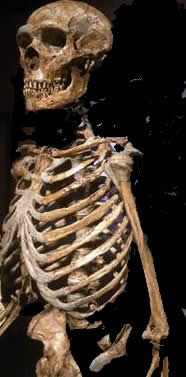
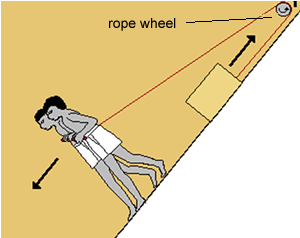
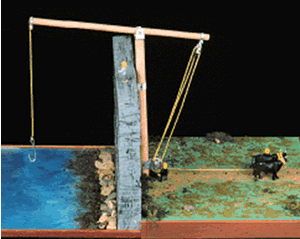
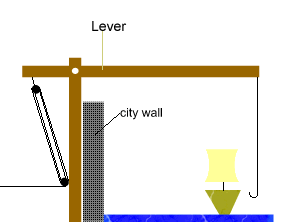
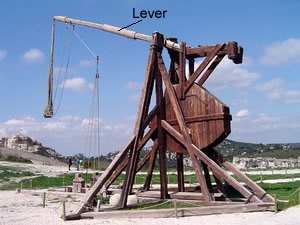
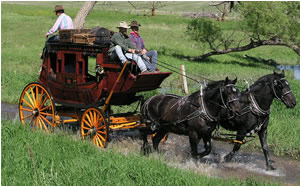
How could a simple machine contribute to the rise of human civilisation? Machines are devices that can increase a force that is applied or even change its direction. |
|
| Sitting around the campfire primitive humans would most certainly have used a number of simple machines. They surely would have discovered the ease of moving huge rocks with sticks or the ease of killing an animal with a club. In other words early humans would have, unknowingly, used levers. Excavations reveal that the sharp edges of jaggered rocks were used as cutting utensils to slice through a carcass. Primitive humans had discovered the wedge. Soon came innovation, when a sharp stone was placed on the end of long stick to fashion the first spear. The spear was an effective killing tool which gave the hunter the advantage of attacking from a distance. |  |
| Neanderthals did not invent the lever. Nature had already provided a sophisticated set of levers for each person in the form of the skeleton. Such levers made simple work easy and enabled early humans to out perform other animals in the use of weapons, such as, stones and sticks. |  |
| With the advent of the rope came increased sophistication of machines built with levers. One new invention was to prove very useful when combined with the lever. It was the pulley. Ancient Egyptions used a device that was to prove the forerunner of the pulley. It was a simple rope wheel that enabled workers to use their own weight to carry large blocks of solid rock up the side of a pyramid. |  |
| The benefits of the pulley were well known to Archimedes, one of the greatest engineers of ancient Greece. He lived around the time 40 BC, well after the building of the great pyramids and devised many machines, some of which were used in battle, including the one shown on the right. |  |
| Writers of the time say the machine, known as Archimedes' claw, used a great wooden lever to scoop enemy vessels from the water and drop them with great force. |  |
| Machines became bigger and more powerful. One in particular, the trebochet, was particularly nasty. It lay waste to many fortifications as it hurled huge rocks against enemy defences. |  |
| But humans were on the move and something was needed to transport people, weapons and raw materials over long distances. The wheel and axle proved an invaluable machine. |  |